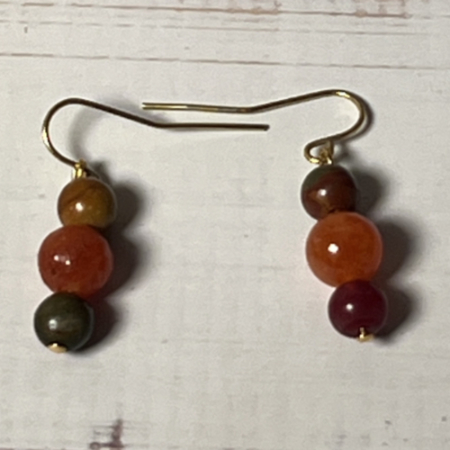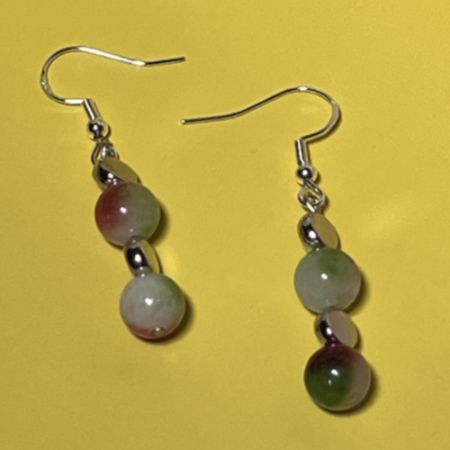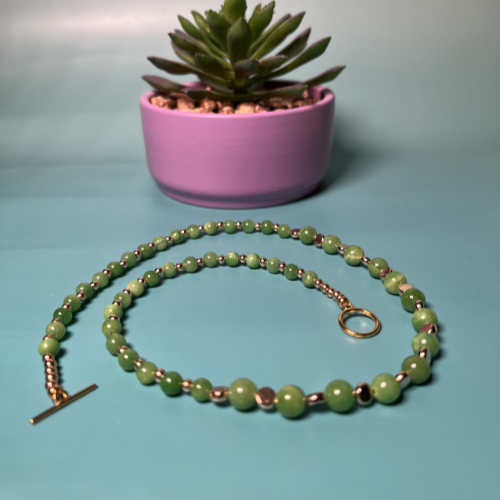
At Scott Jewelry Design, we believe every piece of jewelry should tell a story. Some of the richest stories are written in stone. Meet Carnelian and Jasper. These are two ancient, earthy gemstones. We’ve brought them together in a striking harmony of color, texture, and soul. Our Carnelian and Jasper Earrings aren’t just accessories—they’re wearable expressions of grounded elegance and natural power.
A Natural Pairing: The Beauty of Carnelian and Jasper
Carnelian, with its warm orange-to-rust red hues, has long been treasured for its fiery energy and sun-soaked color. It is a stone that speaks of vitality, creativity, and courage. It is perfect for days when you want your jewelry to inspire more than just your outfit.

Jasper, on the other hand, brings a beautifully grounding presence. Jasper is often called the “supreme nurturer.” It offers earthy tones, ranging from deep brick reds and olive greens to sandy browns and soft grays. It’s a stone that feels like a deep breath—calming, strong, and stable.
When paired, these two gemstones create an incredible contrast that is both bold and balanced. That’s exactly why we’ve chosen them for some of our favorite earring designs.
Designed with Intention
At Scott Jewelry Design, we handcraft each piece with attention to detail, purpose, and personality. Our Carnelian and Jasper Earrings are no exception. These earrings are designed to be statement-makers—elegant enough for special occasions, yet natural and earthy enough for everyday wear.
We love working with mixed gemstones because they allow us to play with balance and texture. The smooth luster of Carnelian pairs beautifully with the often matte or subtly patterned surface of Jasper. Add in complementary metals like warm brass or antique gold. The result is a piece that feels timeless and unique all at once.
Each pair of earrings is slightly different due to the natural variation in the stones. When you wear Scott Jewelry, you’re truly wearing a one-of-a-kind piece.
Why You’ll Love Wearing Carnelian and Jasper Earrings
Our customers often tell us they feel empowered wearing our Carnelian and Jasper Earrings. They also feel grounded—and we completely understand why.
- Color that Speaks: The rich, earthy tones of these stones go with just about everything. They pair well with your favorite fall sweater or a breezy summer dress. They’re incredibly versatile and add a pop of color without overwhelming your look.
- Lightweight and Comfortable: Despite their bold appearance, our designs are made to be lightweight enough for all-day wear. We carefully select stone sizes and settings that give you impact without the tug.
- Meaningful Energy: Whether or not you’re into crystal healing, there’s no denying the natural energy these stones carry. Carnelian is associated with motivation and creativity, while Jasper is all about grounding and protection. Together, they strike a beautiful emotional and spiritual balance.
How to Style Carnelian and Jasper Earrings
The beauty of these earrings is how easy they are to style. For a casual daytime look, pair them with denim and linen for that easygoing, boho vibe. Heading to dinner or a gathering? Let them shine against a little black dress or a silky top in neutral tones.
These earrings have a warm, earthy palette. They look amazing with fall colors. Think burnt sienna, mustard, forest green, and deep plum. But don’t box them into a single season. Their warmth works beautifully year-round.
Want to go all in on the earthy aesthetic? Try pairing them with other natural materials like leather, wood bangles, or woven accessories.
A Piece with a Story
What we love most about our Carnelian and Jasper Earrings is that they carry so much history and symbolism. These are stones that have been worn by ancient civilizations, used in rituals, and passed down through generations.
By choosing these earrings, you’re not just adding to your jewelry box—you’re connecting to something much deeper. You’re embracing the strength of the earth. You feel the warmth of the sun. You acknowledge the power of design that speaks to the soul.
Ready to Make Carnelian and Jasper Earrings Yours?
If you’re ready to add a statement to your collection, consider a bold yet grounded choice. Take a look at our Carnelian and Jasper Earrings. Each pair is handmade with love, attention, and just the right mix of fiery passion and earthy calm.
Carnelian and Jasper Earrings
These Carnelian and Jasper Earrings are composed of 8mm Vibrant Red Carnelian Beads, 6mm Picasso Jasper Beads and gold plated earring components
1 in stock
Whether you’re buying them for yourself or as a thoughtful gift, we’re confident they’ll become a treasured piece. They are destined to be one of your most valued items.
Explore the beauty. Embrace the energy. Elevate your everyday—with Carnelian and Jasper.
Have questions or want to customize your own pair? We’re always here to help. Just send us a message—we love chatting about stones, stories, and all things handmade.











